FLOWN NASA emblem and name tag coated with lunar dust. An approx. 6 x 12 in. Beta cloth section cut from the PLSS thermal insulation jacket during Apollo 15. Five layers of the insulation material are attached. Astronauts James Irwin and David Scott made the fourth lunar landing of the Apollo program on 30 July 1971 at an area near Hadley Rille in the lunar Apennine mountain region. They made three separate lunar surface excursions with the lunar rover during their nearly 67 hour stay on the moon. Apollo astronauts utilized a Portable Life Support System [PLSS] during moon walks which provided breathing oxygen and temperature control while in their spacesuits. The PLSS was a knapsack type of device that was strapped on the back of the astronaut with a thermal insulation jacket for temperature control and micrometeoroid protection. Apollo 15 used the first lunar rover on the moon and during drives between areas of interest, large amounts of lunar dust was kicked up by the rover wheels. Additionally, just walking on the lunar surface and an occasional fall on the steep slopes of the region led to the spacesuits being heavily coated with lunar dust. After each moon walk, the crew would dust them selves off with a brush, but much of the moon dust became embedded into or stained the spacesuits and PLSS units. In order to reduce the amount of weight in the LM ascent stage, items no longer needed were tossed out onto the lunar surface before lunar lift-off, which included the two PLSS units. Just prior to this activity, Irwin cut his name tag and NASA emblem off the thermal jacket of his PLSS unit for a keep-sake. The raised edges around the name tag and NASA emblem were especially prone to retain lunar dust as is evident from the dark gray tint around each edge. There are also several other spots of moon dust on the thermal cover segment. This name tag and NASA emblem was out on the lunar surface for over 17 hours during three moon walks between 31 July and 2 August 1971. [With:] Typed letter signed form Mrs. James Irwin typed letter signed from a former NASA official with certification of the lunar dust, photos of Irwin on the moon showing the PLSS, and a diagram of the PLSS. (5)
FLOWN NASA emblem and name tag coated with lunar dust. An approx. 6 x 12 in. Beta cloth section cut from the PLSS thermal insulation jacket during Apollo 15. Five layers of the insulation material are attached. Astronauts James Irwin and David Scott made the fourth lunar landing of the Apollo program on 30 July 1971 at an area near Hadley Rille in the lunar Apennine mountain region. They made three separate lunar surface excursions with the lunar rover during their nearly 67 hour stay on the moon. Apollo astronauts utilized a Portable Life Support System [PLSS] during moon walks which provided breathing oxygen and temperature control while in their spacesuits. The PLSS was a knapsack type of device that was strapped on the back of the astronaut with a thermal insulation jacket for temperature control and micrometeoroid protection. Apollo 15 used the first lunar rover on the moon and during drives between areas of interest, large amounts of lunar dust was kicked up by the rover wheels. Additionally, just walking on the lunar surface and an occasional fall on the steep slopes of the region led to the spacesuits being heavily coated with lunar dust. After each moon walk, the crew would dust them selves off with a brush, but much of the moon dust became embedded into or stained the spacesuits and PLSS units. In order to reduce the amount of weight in the LM ascent stage, items no longer needed were tossed out onto the lunar surface before lunar lift-off, which included the two PLSS units. Just prior to this activity, Irwin cut his name tag and NASA emblem off the thermal jacket of his PLSS unit for a keep-sake. The raised edges around the name tag and NASA emblem were especially prone to retain lunar dust as is evident from the dark gray tint around each edge. There are also several other spots of moon dust on the thermal cover segment. This name tag and NASA emblem was out on the lunar surface for over 17 hours during three moon walks between 31 July and 2 August 1971. [With:] Typed letter signed form Mrs. James Irwin typed letter signed from a former NASA official with certification of the lunar dust, photos of Irwin on the moon showing the PLSS, and a diagram of the PLSS. (5)




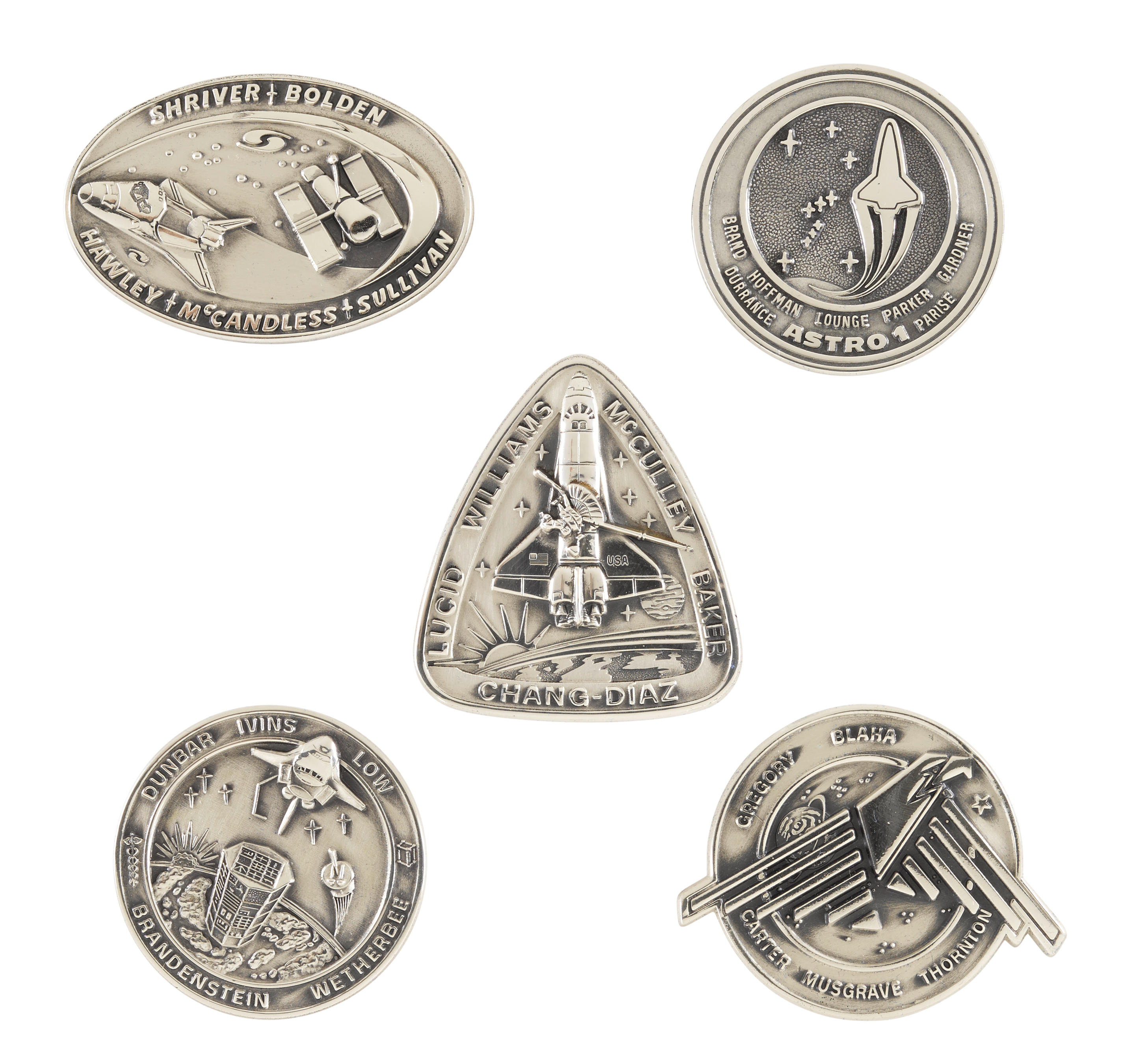
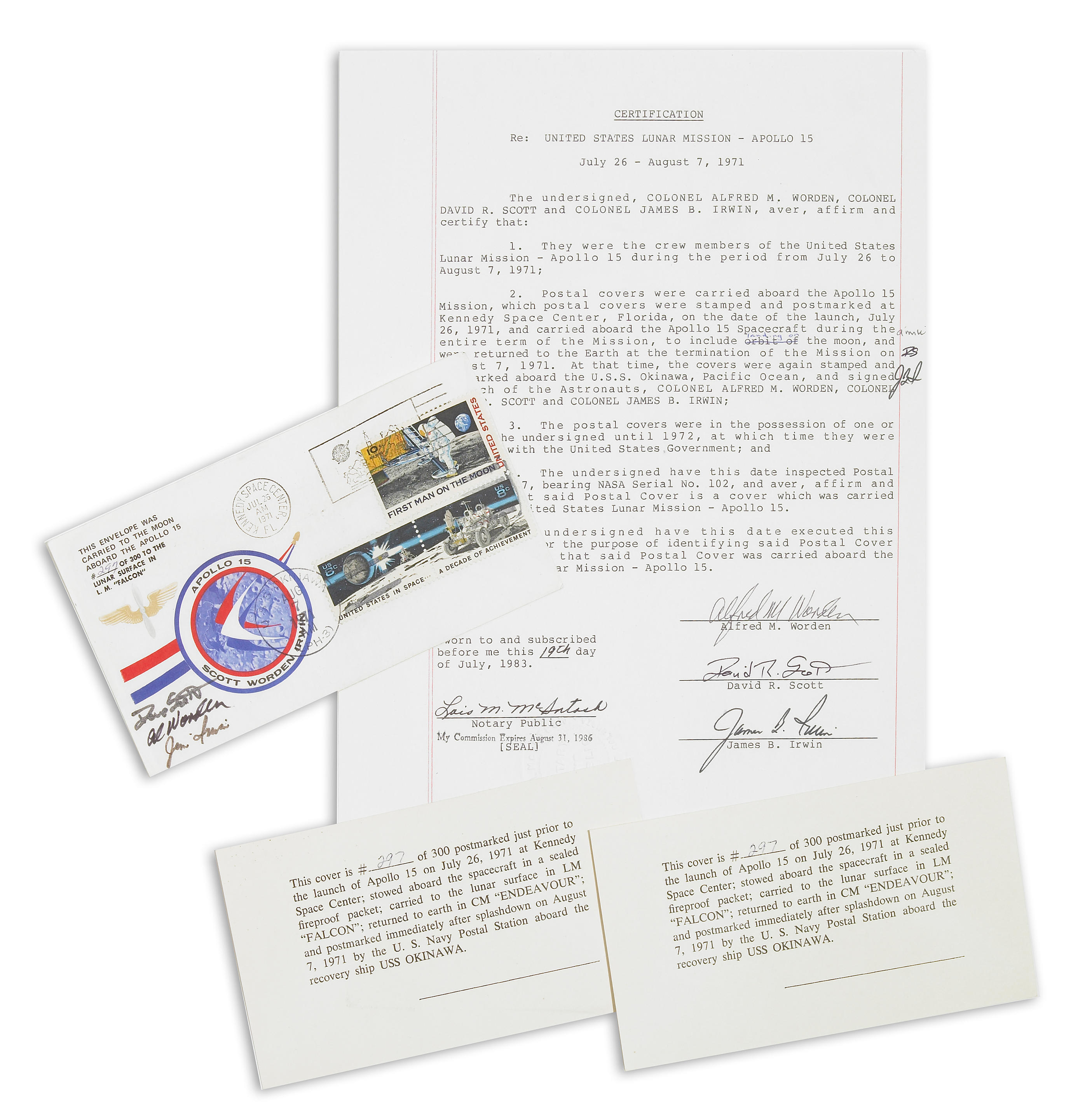
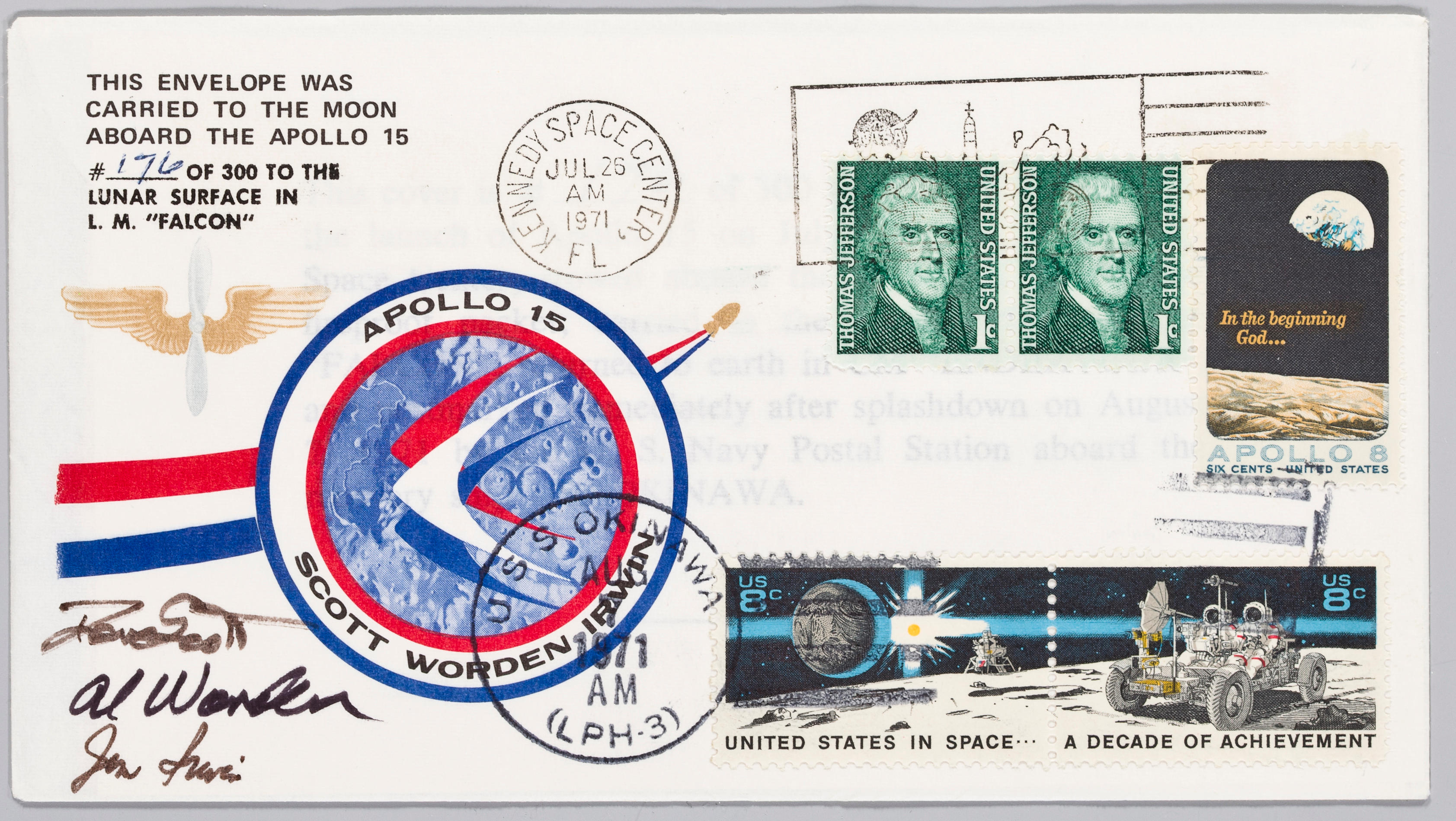
.jpg)

.jpg?w=400?width=1600&quality=70)
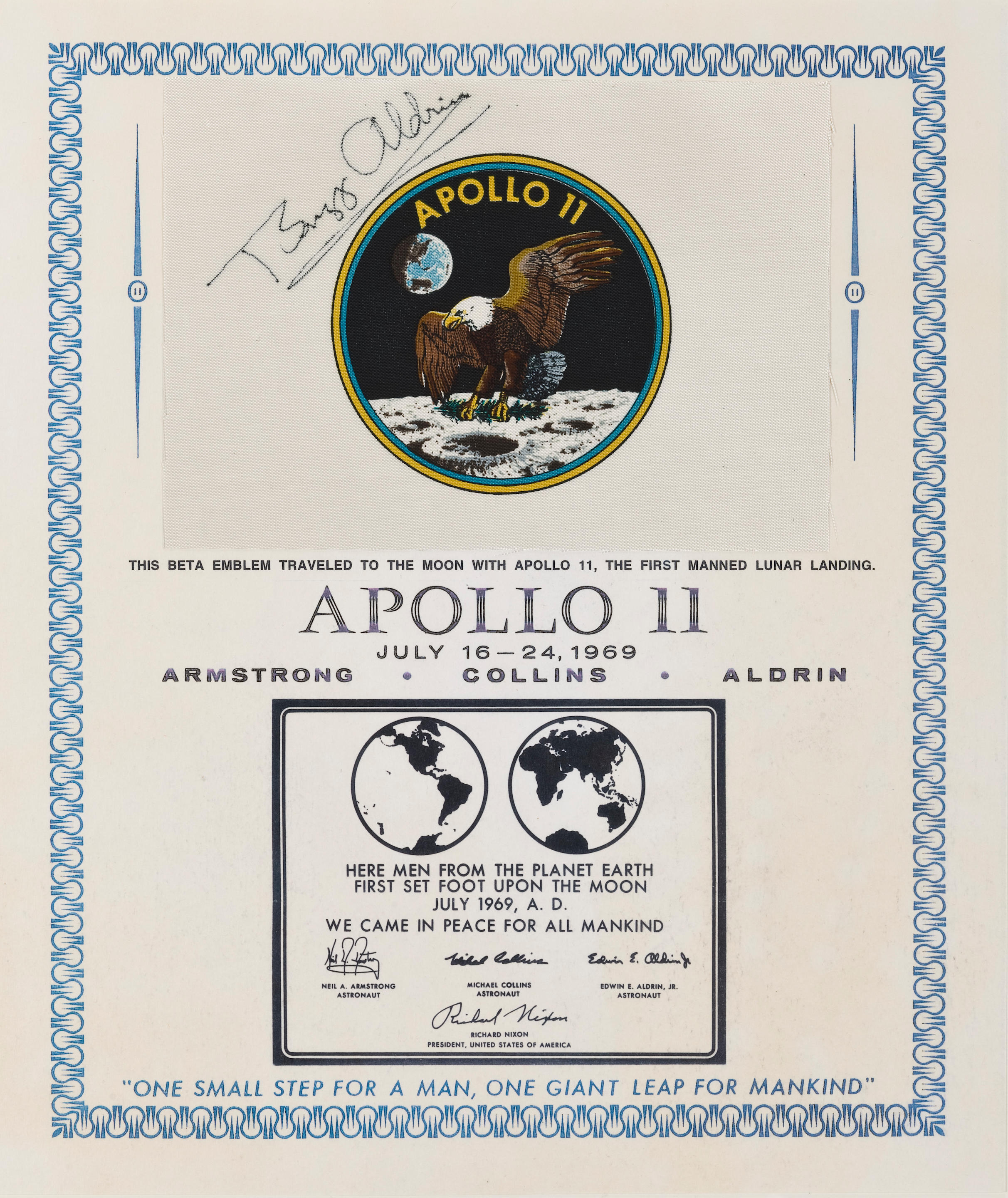
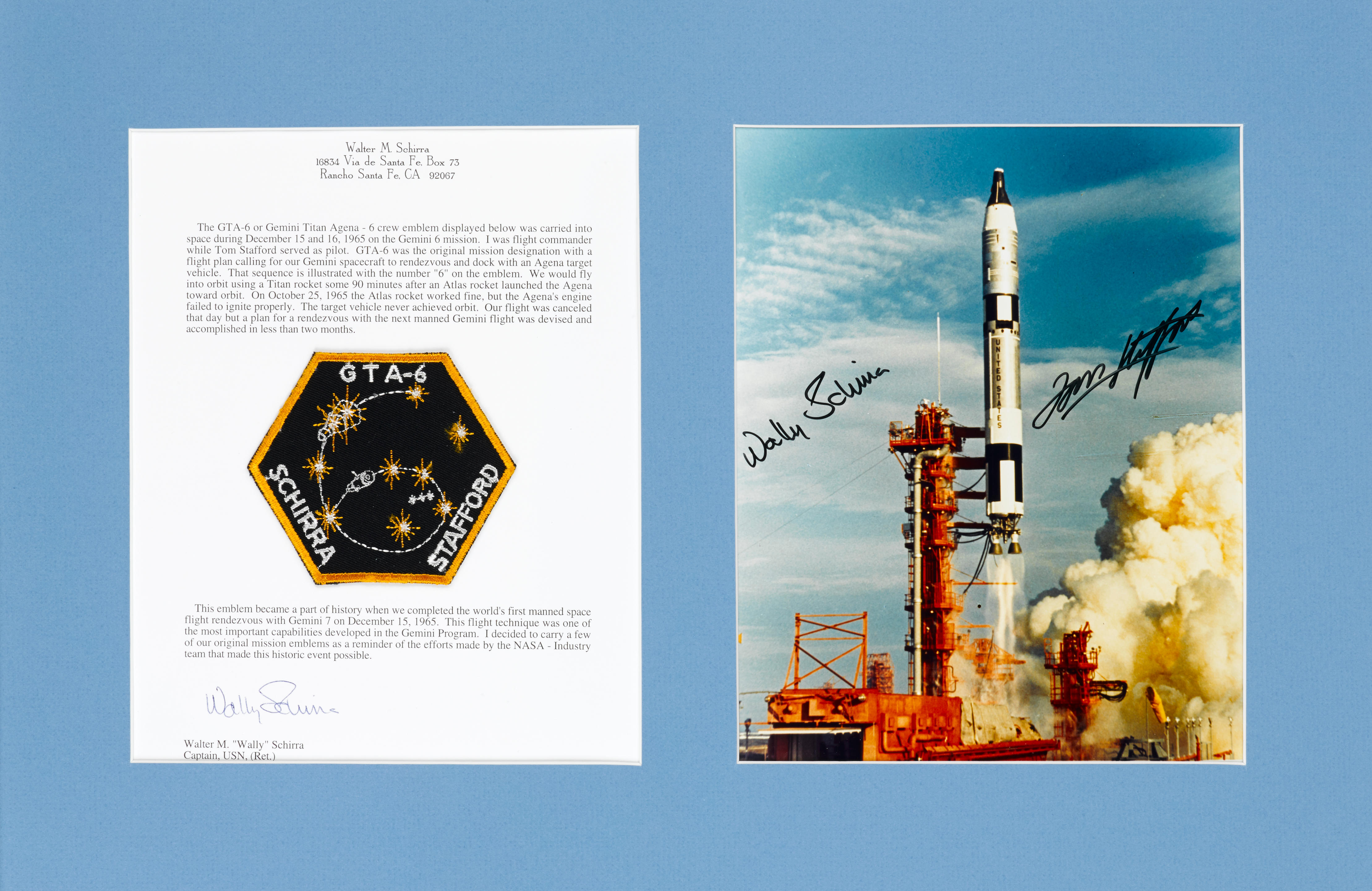
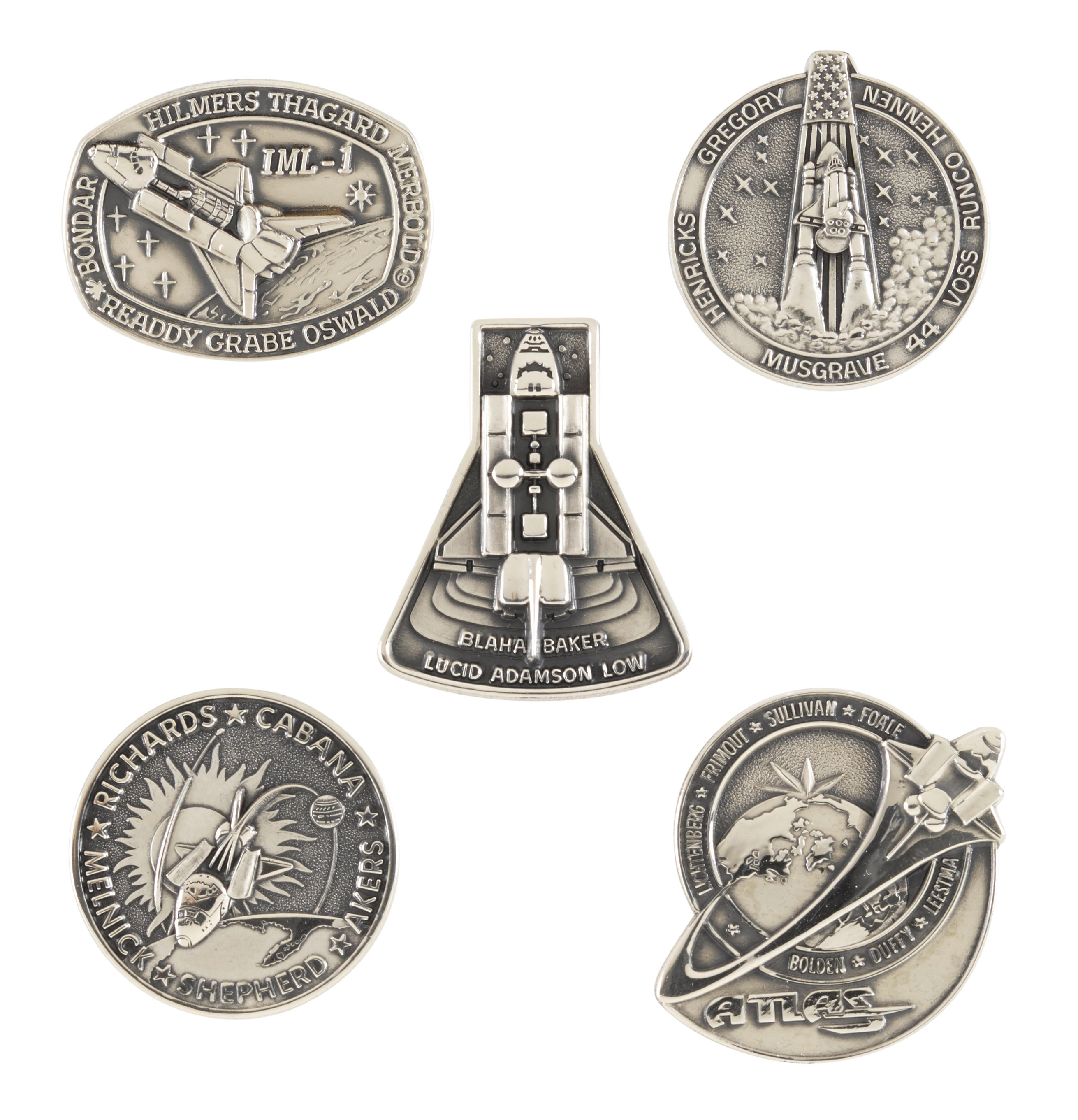
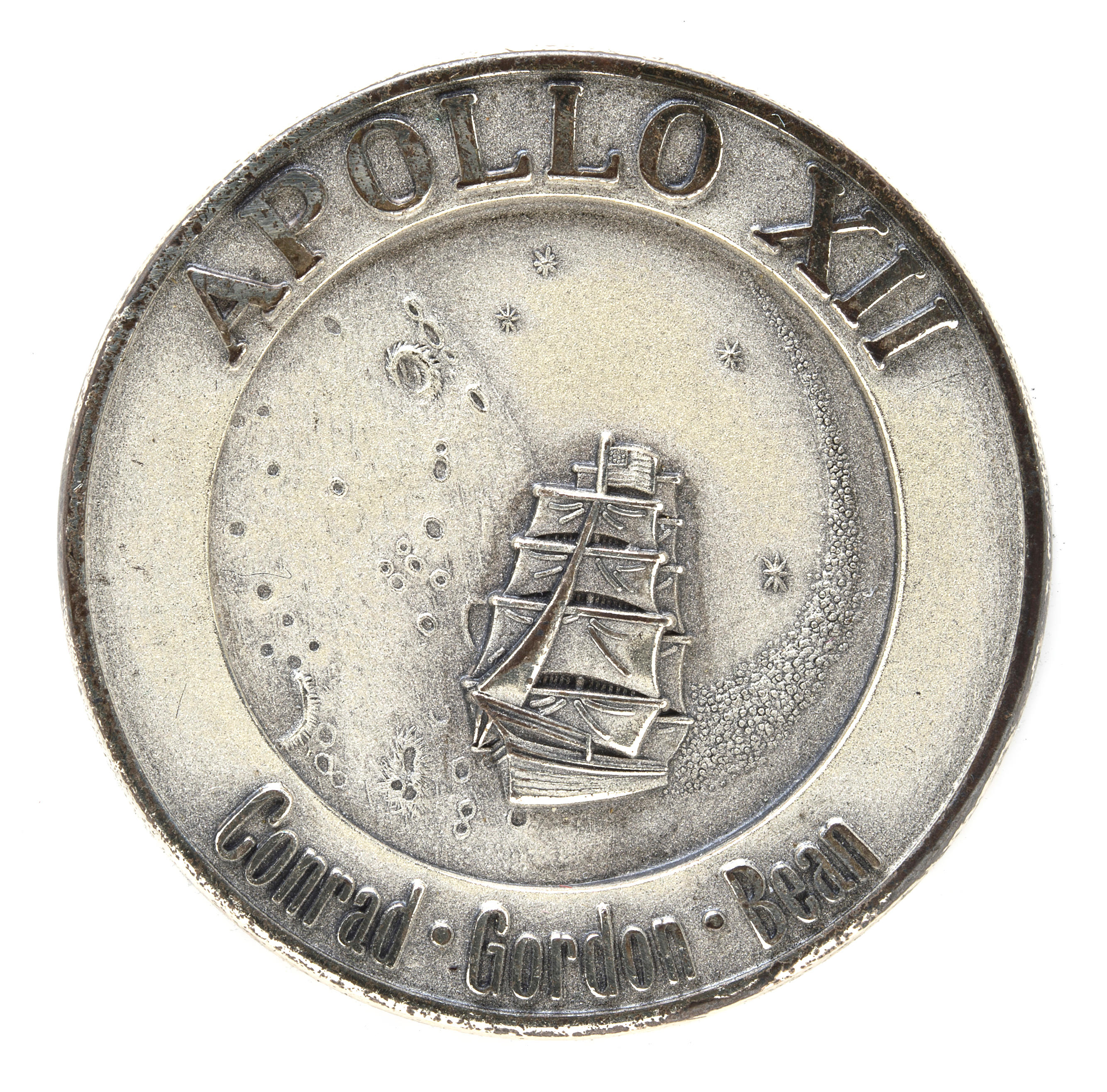

Testen Sie LotSearch und seine Premium-Features 7 Tage - ohne Kosten!
Lassen Sie sich automatisch über neue Objekte in kommenden Auktionen benachrichtigen.
Suchauftrag anlegen